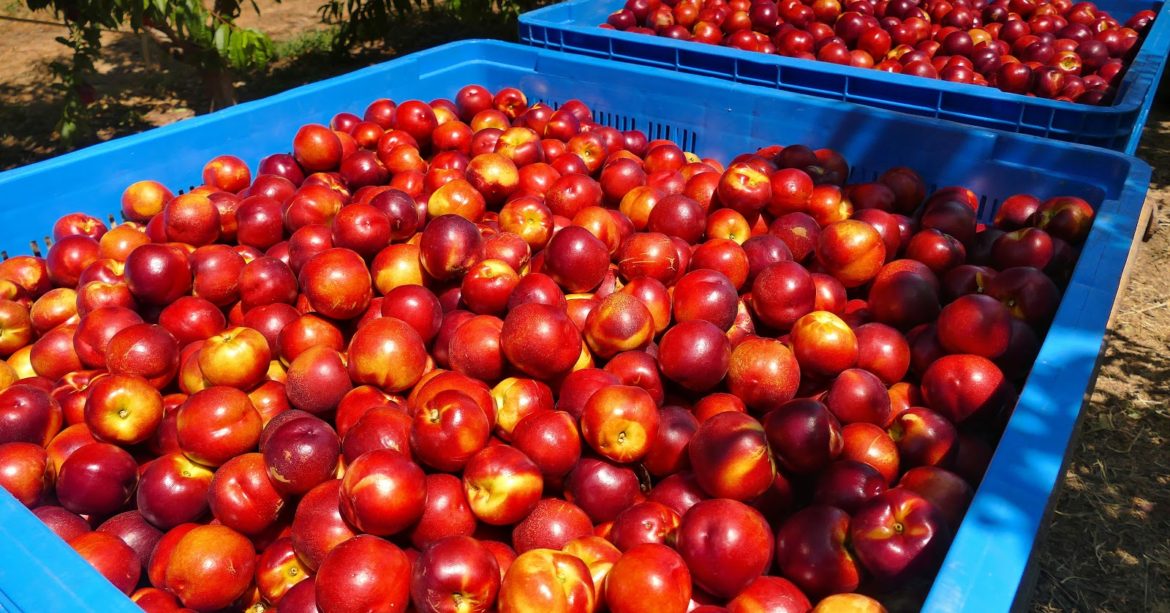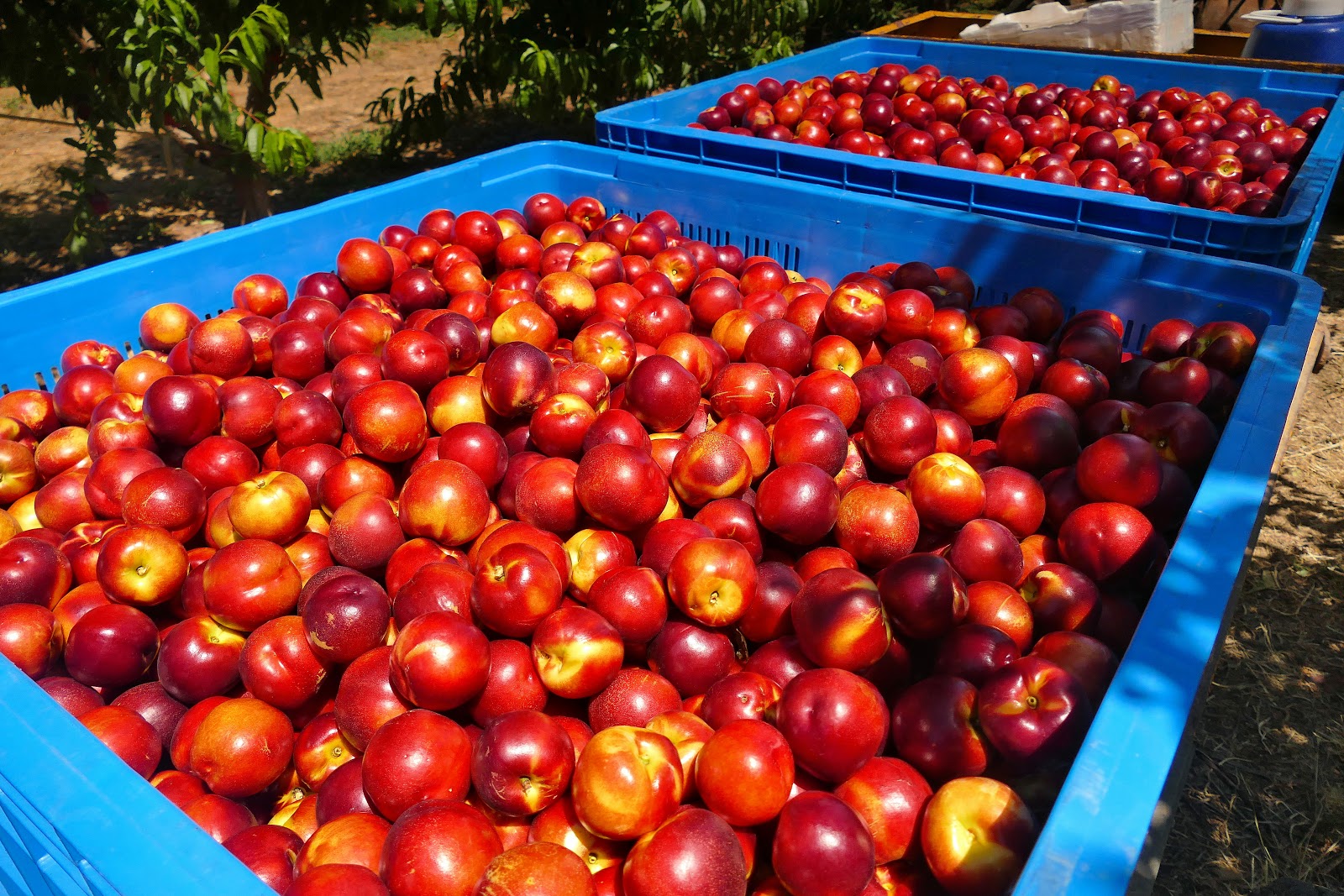Fruit and Vegetable Prices To Rise in Australia
According to forecasts, the winter crop in Australia has been much improved this year with an expected production of $65 billion. This is despite the issues that have been caused by drought and the global pandemic. Rainfall also looks promising which makes for even better news for farmers.
Key points
- Winter crop yield that is almost at record levels
- Fruit and vegetables prices expected to rise by 15 to 20%
- Lack of backpackers to pick fruit and vegetables is causing havoc on farms
- 7,000 workers are needed to fill essential roles.
Need a Quote?
Inside Red Rich – Fruit Packing Shed
New business ideas in Horticulture
However, the impressive winter crop may not lead to good news for consumers as a lack of pickers seems likely to lead to higher prices for fresh fruit and vegetables in Australia. Starting with the better news for farmers, let’s examine the situation in more detail.
Good news for Australian farmers
The news for the Australian agricultural industry overall is certainly positive. It has remained resilient in the face of drought, bush fires and COVID-19 and is recovering well from the challenges it has faced.
Steve Hatfield-Dodds, the executive director of the Australian Bureau of Agricultural and Resource Economics (ABARES) has spoken of a winter crop yield that is almost at record levels and of expectations for a good summer crop as well, due to current rainfall predictions.
RECOMMENDED ARTICLE
Grape byproducts open new markets – Entegra Signature Structures
Not such good news for consumers
Good crop production is not such great news for Australian consumers who will be buying fruit and vegetables in the coming months. This is due to the fact that the price of these products is likely to rise by around 15 to 20%. The price hike is due to a lack of labour available to harvest the produce.
This labour shortage is due to the current COVID related travel restrictions in place which have reduced the number of foreign travellers able to work as pickers on temporary work visas. Early harvesters, and those that can pay the best rates, are likely to be advantaged as they will have the most access to the greatly reduced pool of seasonal workers.
How the lack of pickers is affecting the agricultural industry
Some businesses within the agricultural industry have offered incentives such as overtime payments to attract local workers to pick produce, to save it from being wasted. However, other farmers are reluctant to take on Australians and it also seems as though Australians themselves are somewhat reluctant to fill the thousands of roles that exist.
Some roles will be filled by local people, but other measures are being taken in an attempt to address the shortfall. 650 workers are being brought in to the country via the Pacific Labour Mobility Scheme with some already having arrived from the Solomon Islands. This is a relatively small number given that industry experts suggest more than 7,000 workers are needed to fill essential roles.
Despite this lack of labour, some Australians who have expressed a willingness to take work harvesting fruit and vegetable crops have been met with dismay by the farmers they have approached. It seems that many businesses within the agricultural industry are struggling to adapt to the current situation.
The shortage of workers has not yet started to have a significant effect on the prices of fruit and vegetables in the shops. That may continue to be the case in the short term as imported products are helping to boost the supply.
However, the experts at ABARES say that consumers are unlikely to escape the price hit in the longer term. The ongoing COVID related restrictions, and shortages caused by the lack of workers, will eventually hit home. When this happens, fruit and vegetables will be subject to a significant rise in price which will lead to an increase in household expenditure for many families in the country. This situation is likely to continue for as long as travel is restricted and the worker pool is therefore reduced.
RECOMMENDED ARTICLES
The History of Backpackers Fruit Picking in Australia – Entegra Signature Structures
The Origins of the Shiraz Grape Used in Australian Shiraz Wine – Entegra Signature Structures
The History of Bananas in Australia – Entegra Signature Structures
What Are the Impacts of COVID-19 on Australian Agriculture? – Entegra Signature Structures
A History of the Wine Industry in Australia – Entegra Signature Structures
Australia’s biggest clear span shed – Entegra Signature Structures
https://www.abc.net.au/news/2020-12-07/farmers-have-most-valuable-year-ever-abares-says/12957378



